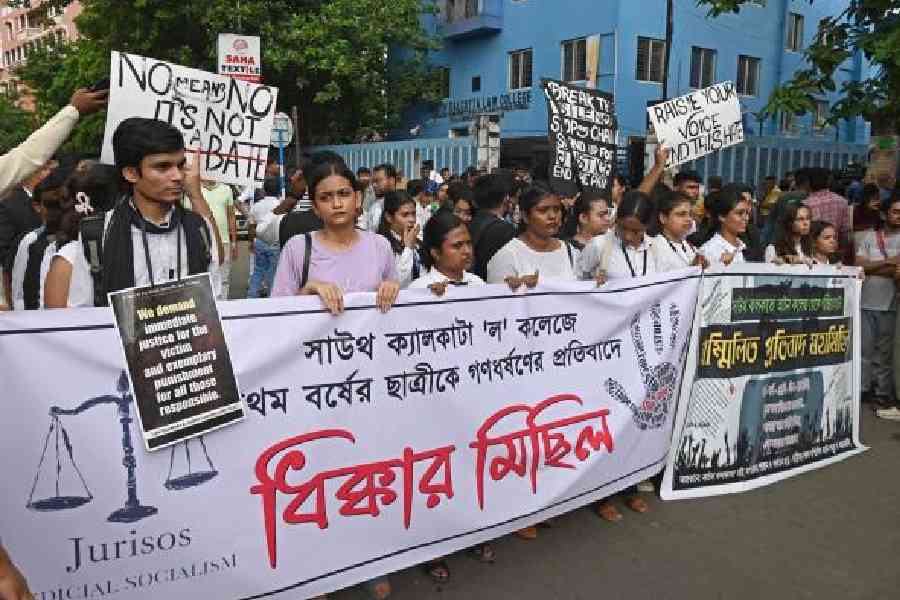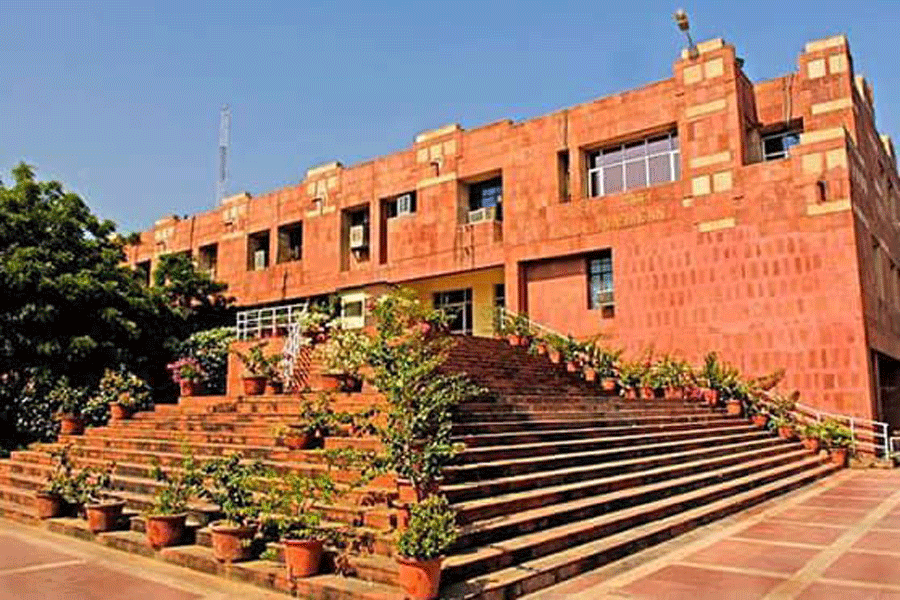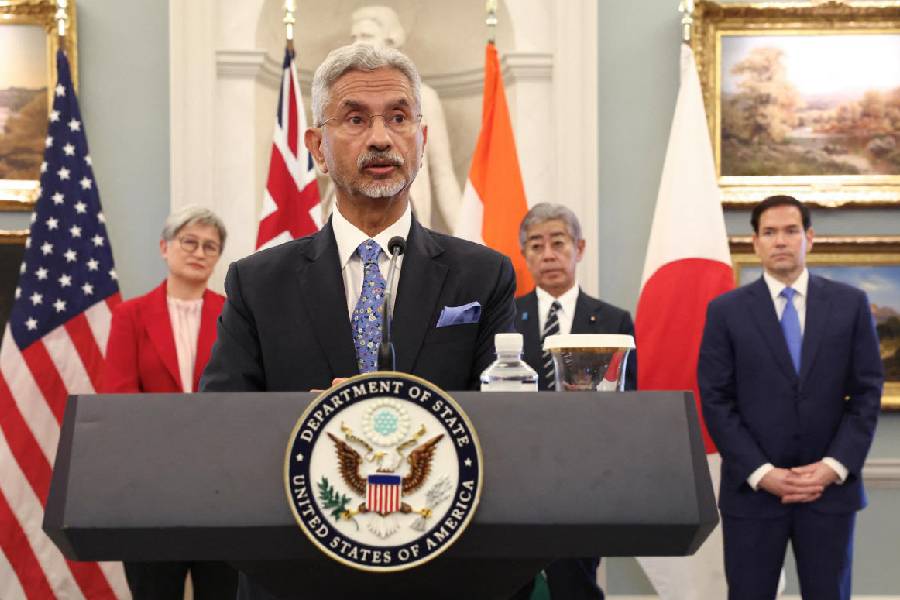
Paradip, June 17: To mark the Raja festival, animals were slaughtered within the Archaeological Survey of India (ASI) protected Buddhist site in Udaygiri, as part of a sacrificial rite.
The ritual was performed at the Mahakal Hindu shrine that is located within the area of the Buddhist site.
"Performance of such a sacrificial ritual at the famous Buddhist site is unfortunate. Lord Buddha is the apostle of non-violence and strongly protested against animal killing. It is an act of criminal negligence on part of the ASI authorities to allow such an abhorrent event at the site. They should have stopped it. Besides, the ritual itself is illegal," said Harish Chandra Prusty, a researcher.
Despite the groundswell of a public opinion that favours the abolition of such puritanical customs, hundreds of local residents gathered at the shrine to witness the customary killing of animals. There is a general belief that the ritual invokes the Mahakal deity who protects these cyclone-prone areas from natural disasters.
"There is nothing wrong in it. The temple was taken over by the ASI after the Buddhist site was discovered in Udaygiri. We are being allowed to worship the Mahakal deity every day. As part of the annual ritual, animals were slaughtered yesterday. The ASI personnel did not object to it," said Bhagabat Sutar, a local resident.
An ASI official, however, said: "We tried to stop the people. But, they did not relent."
Jajpur collector Satya Kumar Mallik said: "The sacrificial rite has been brought to the notice of the district administration. The ASI has been asked to submit a compliance report. The local tehsildar is conducting a separate probe into the incident as such activity can not be allowed within any heritage site."
Another local resident said the ritual had been in practice since long. Though it had earlier been stopped following the ASI's intervention, the local residents resumed the practice three years ago.
The ASI discovered Udayagiri's Buddhist treasures during early 60s. The complex comprises stupas and viharas or monasteries.










